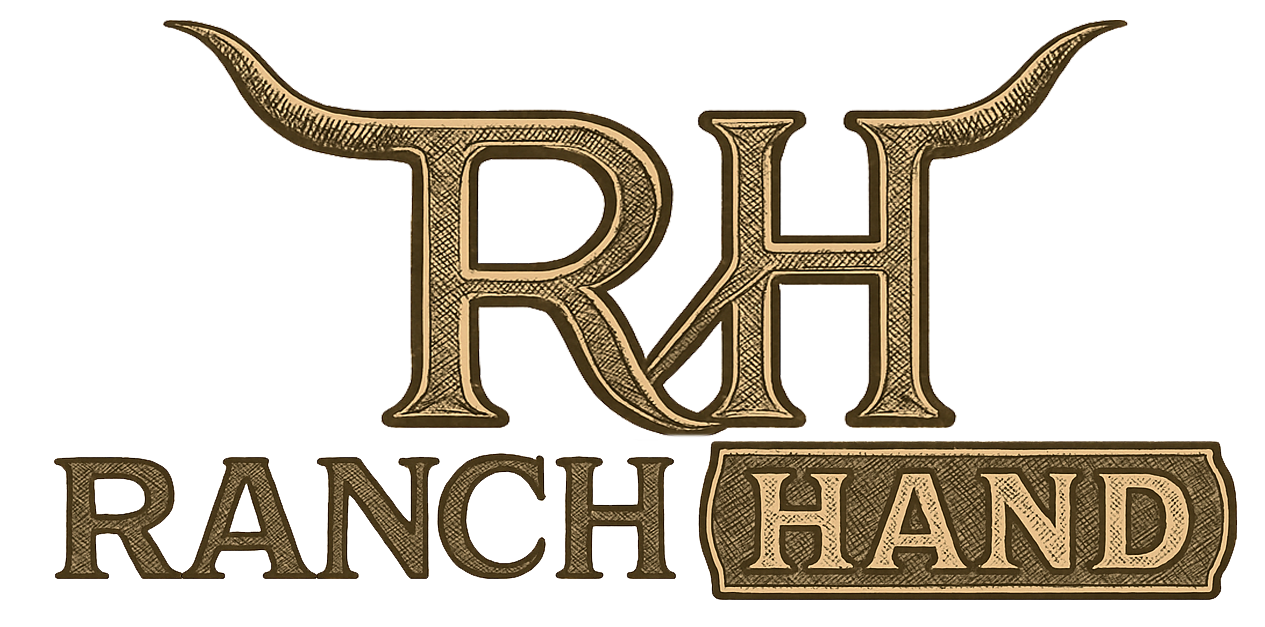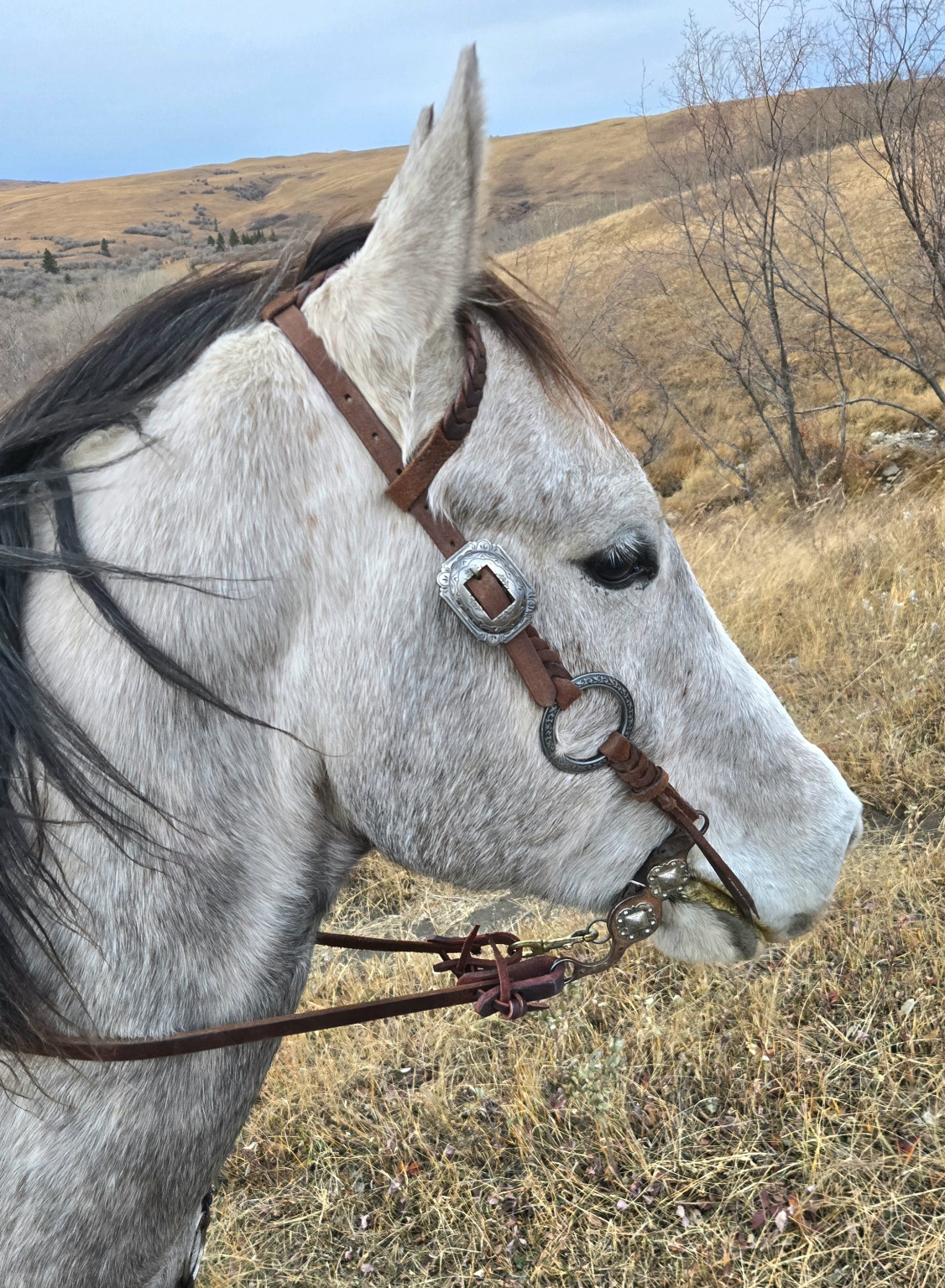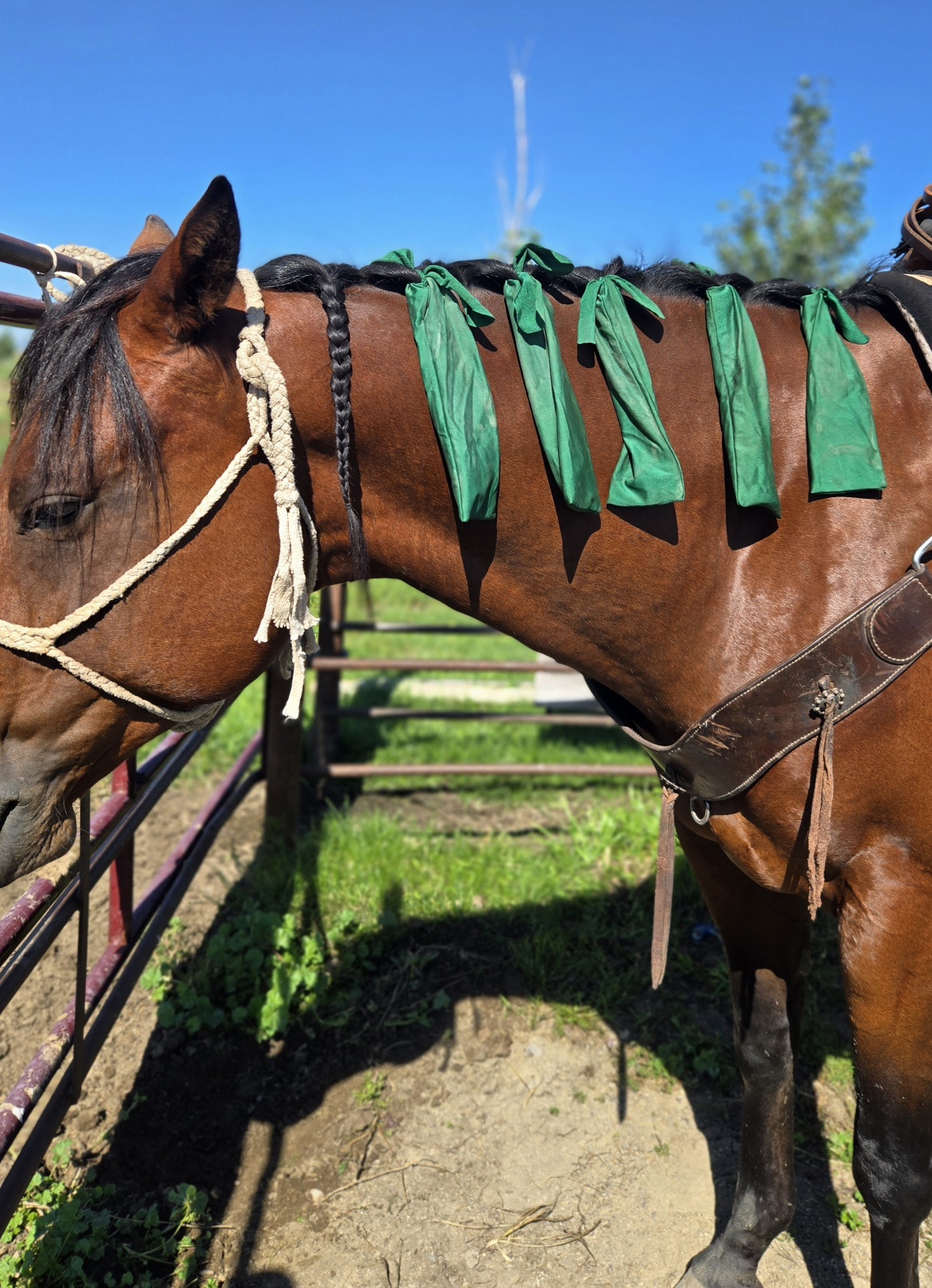Buying a collar for your puppy might seem like a small task, but it’s actually one of the first big decisions you’ll make as a new pet parent. When you’re ready to buy puppy collar gear, it’s not just about what looks cute—it’s about safety, comfort, and setting your puppy up for success.
Your puppy’s first collar is more than an accessory. It holds their ID tag, can help with training, and keeps them safe on walks. But with so many choices out there, it can be overwhelming. Let’s break it down and make it simple.
Why Your Puppy’s First Collar Matters
Your pup is going to grow fast, but that doesn’t mean their first collar doesn’t matter. This first piece of gear gets them used to wearing something on their neck and teaches them how to behave on a leash. It’s also what carries their ID tag, which is super important in case they ever get lost.
Choosing the right collar now helps avoid bad habits later. It can also prevent injuries if your pup tries to pull or wriggle out of it.
When Should a Puppy Start Wearing a Collar?
Most puppies can start wearing a collar at around 8 weeks old. It should be lightweight and fit snugly, but not tightly. You should be able to slide two fingers between the collar and your puppy’s neck.
In the beginning, let your puppy wear the collar for short periods. Praise them and give treats to help them feel comfortable. Slowly increase the time as they get used to it.
Types of Puppy Collars: What’s Available?
There are a lot of collar types, but not all are good for puppies. Here are a few that are:
- Flat Collars: Basic, adjustable, and good for everyday use.
- Martingale Collars: Useful for training and for puppies who tend to slip out of collars.
- Breakaway Collars: These come apart if the collar gets caught, making them a safe option for puppies.
- Personalized ID Collars: These have your puppy’s name and your phone number stitched right in.
- Smart Collars: Some come with GPS tracking or fitness monitors. These are more advanced and expensive.
Choose a type based on your puppy’s activity level, training stage, and your lifestyle.
How to Measure Your Puppy for the Right Fit
To find the right size, use a soft measuring tape. Measure around the base of your puppy’s neck, where the collar will sit. Add two fingers’ space to make sure it’s not too tight. Puppies grow fast, so check the fit every week and be ready to adjust or replace the collar.
Also, make sure the collar has room to adjust. Puppies grow quickly, and you don’t want to keep buying new ones every week.

Materials Breakdown: What’s Best for Puppies?
Different materials have different benefits:
- Nylon: Lightweight, affordable, and comes in many colors.
- Leather: Durable and stylish, but might be a bit stiff for young puppies.
- Biothane: Waterproof and tough, great for messy or active pups.
- Cotton or Eco-friendly Materials: Softer and ideal for sensitive skin.
For most puppies, a soft nylon collar is a great place to start.
Safety Features to Look For
Safety is a top concern for new puppy owners. Look for collars with:
- Breakaway buckles: These release under pressure.
- Reflective stitching: Great for walks at dawn or dusk.
- Smooth edges and soft padding: These keep your puppy comfy and prevent chafing.
- Lightweight hardware: Heavy buckles can be too much for small puppies.
Always supervise your puppy when they’re wearing a collar, especially at first.
Style vs. Function: Finding the Right Balance
It’s fun to pick out something that looks cute. Maybe you want a collar with a bowtie or your favorite sports team. That’s great—but make sure the collar also does its job.
Start with function: right fit, good material, safety features. Then, look for a style that makes you smile. Many brands offer both, so you can have the best of both worlds.
Budgeting for Quality: How Much Should You Spend?
Puppy collars range from $5 to $50. You don’t need the most expensive one, but the cheapest option might not last or fit well. Look for quality stitching, strong buckles, and good reviews.
Spending $15–25 usually gets you a collar that’s durable, safe, and comfy.
How to Introduce a Collar to Your Puppy
Some puppies don’t even notice. Others act like you’ve put a brick around their neck. Here’s how to make it easy:
- Let them sniff the collar.
- Put it on for a few minutes.
- Give treats and playtime.
- Take it off before they start scratching.
- Add more time each day.
Soon, your pup will forget it’s even there.
Common Mistakes to Avoid When Buying a Puppy Collar
- Picking the wrong size.
- Getting a heavy collar for a small puppy.
- Ignoring the material (some can cause irritation).
- Forgetting to check and adjust the fit as the puppy grows.
- Leaving the collar on unsupervised during play.
Learn from other people’s mistakes so your pup stays safe and happy.
Top Puppy Collar Recommendations
Note: These are not ads—just examples of what works well.
- Ranch Hand Leather Collar: Handcrafted, stylish, and tough—a top choice for durability and comfort.
- Blueberry Pet Essentials Nylon Collar: Lightweight, adjustable, and durable.
- Rogz Pupz Reflective Collar: Great for early morning or evening walks.
- GoTags Personalized Collar: Has your contact info stitched in.
- PetSafe Martingale Collar: Good for training and escape-prone puppies.
- Wild One Collar: Stylish, easy to clean, and comfy.
Check the reviews before you buy, and always measure your puppy’s neck first.
Final Puppy Collar Buying Checklist
If you said yes to all of the above, you’re ready to go!
Frequently-Asked Questions (FAQs)
Can my puppy sleep with a collar on?
It’s better to take it off at night to avoid discomfort or choking hazards.
How often should I change my puppy’s collar?
Check weekly for fit and damage. You may need to upgrade every 2–3 months as they grow.
What if my puppy keeps scratching at the collar?
This is normal at first. If it continues, check the fit and material for irritation.
Is a harness better than a collar for walking?
For leash training, a harness can be safer and more comfortable. But collars are still needed for ID tags.
What should I put on my puppy’s ID tag?
Your puppy’s name and your phone number. You can also include your address or a vet’s number.




